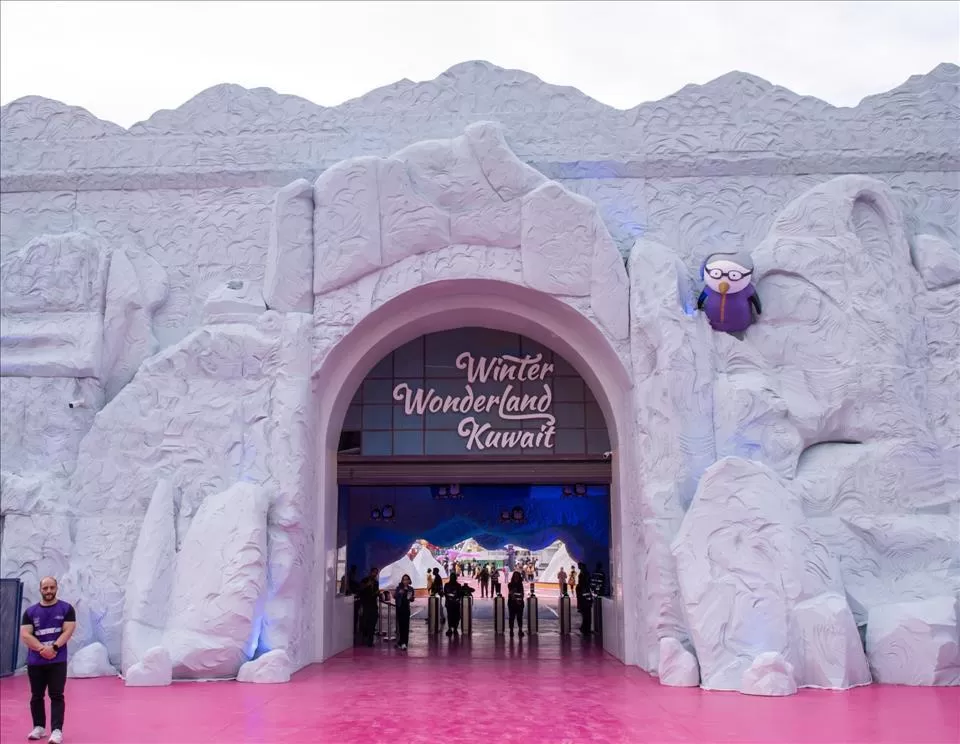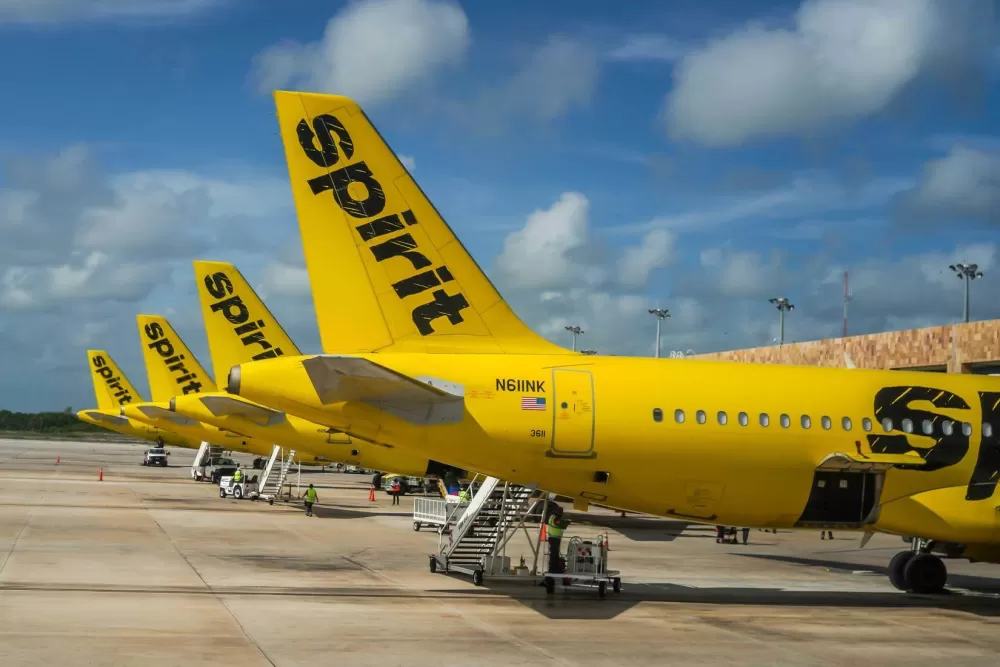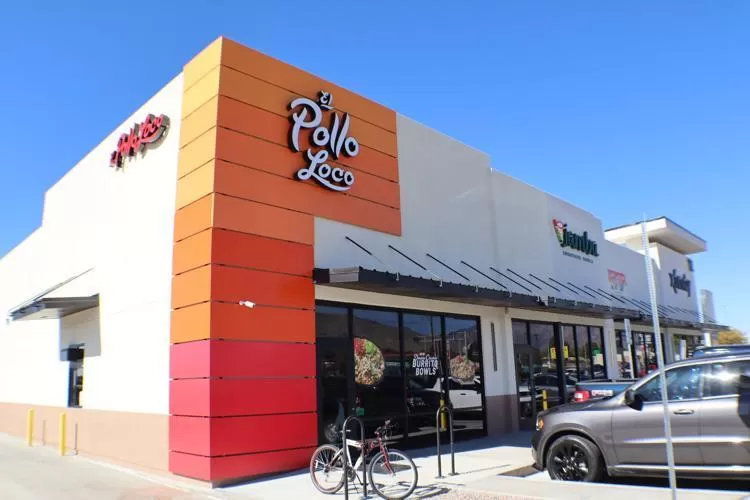Eyes on the Road, Nature’s Call: Navigating Deer and Moose Country This Season
Share- Nishadil
- November 07, 2025
- 0 Comments
- 5 minutes read
- 24 Views

Deer and Moose: A Wild Reminder to Drive Safe This Season
As nature comes alive, so do the risks on our roads. Discover essential, human-centric driving tips to navigate New York's wild landscapes safely, minimizing encounters with deer and moose this season.
Ah, the open road. There’s something undeniably freeing about a drive through New York’s breathtaking landscapes, isn't there? But as autumn leaves begin to fall, and, honestly, even as winter settles in, our scenic routes bring with them a unique challenge: the unpredictable presence of deer and, in some northern corners, even moose. It's a reminder that we share this land, and, in truth, they were here first.
You see, late fall and early winter—especially around dawn and dusk—are prime times for wildlife to be on the move. For deer, it's often their mating season, the 'rut,' which means bucks are chasing does, and frankly, not paying much mind to your commute. They're a bit preoccupied, you could say. And for both deer and the much larger moose, the search for food, or simply a change of habitat, means they're crossing roads more frequently than at other times of the year.
The New York State Department of Environmental Conservation (DEC) isn't just saying this to be cautious; they know the numbers. These animal-vehicle collisions aren't just a nuisance; they can be incredibly dangerous, leading to serious injuries or even fatalities for drivers and passengers, not to mention the extensive damage to vehicles. So, what’s a mindful motorist to do?
First off, vigilance is your best friend. Really, it is. If you're driving in areas known for deer or moose (and honestly, that's much of upstate New York), especially when the light is low—that magical, yet perilous, time between sunset and sunrise—you need to be hyper-aware. Look for those yellow deer crossing signs; they're not there for decoration, you know. They’re a heads-up, a warning from the wild itself.
Slow down. This isn't just a suggestion; it’s a vital piece of advice. Reducing your speed gives you more precious seconds to react. Use your high beams whenever it’s safe and legal to do so, particularly on rural, unlit roads. That extra illumination can pick up the tell-tale glint of eyes reflecting in the distance, or the dark, looming shape of an animal near the shoulder. But remember, dim them for oncoming traffic—it's just good driving etiquette.
Here’s a common scenario: you spot one deer. Your instinct might be to breathe a sigh of relief once it’s passed. But hold on! Deer, in their wisdom (or lack thereof, when rutting), often travel in groups. Where there’s one, there are often two or three more, just waiting for their moment to dart across. So, if you see one, assume there are others, and proceed with extreme caution.
And then there's the moose. Oh, the moose. These majestic giants are an entirely different proposition. They're darker, taller, and their legs can take them right over the hood of a car, sending their massive bodies directly into the windshield—a truly terrifying thought. If you're driving in northern New York, especially the Adirondacks, be on even higher alert. Their sheer size means a collision is almost always catastrophic.
Now, for the really tough call: what if one darts out? The DEC, and every driving expert, will tell you: do not swerve. I know, it’s counter-intuitive. Your brain screams 'avoid!' But swerving can send you into oncoming traffic, off the road into a tree, or even cause a rollover. Your best bet, if a collision is unavoidable, is to brake firmly, steer straight, and brace yourself. And for goodness sake, always wear your seatbelt. It's the simplest, yet most effective, safety measure you have.
Should the unthinkable happen and you do hit an animal, what then? First, pull over to the safest spot you can find. Turn on your hazard lights. Call the local law enforcement or the DEC (if it’s an injured animal, especially a moose). Do not approach an injured animal—they are wild, unpredictable, and can be dangerous, even when hurt. And, frankly, don't try to move it yourself. Let the professionals handle it. Your safety, and the safety of others, comes first.
So, as you hit the road, remember these tips. It’s not just about getting from point A to point B; it’s about sharing our beautiful world responsibly. Drive smart, drive safe, and keep an eye out for our wild neighbors. They depend on us to be careful, and we, quite literally, depend on ourselves.
Disclaimer: This article was generated in part using artificial intelligence and may contain errors or omissions. The content is provided for informational purposes only and does not constitute professional advice. We makes no representations or warranties regarding its accuracy, completeness, or reliability. Readers are advised to verify the information independently before relying on







